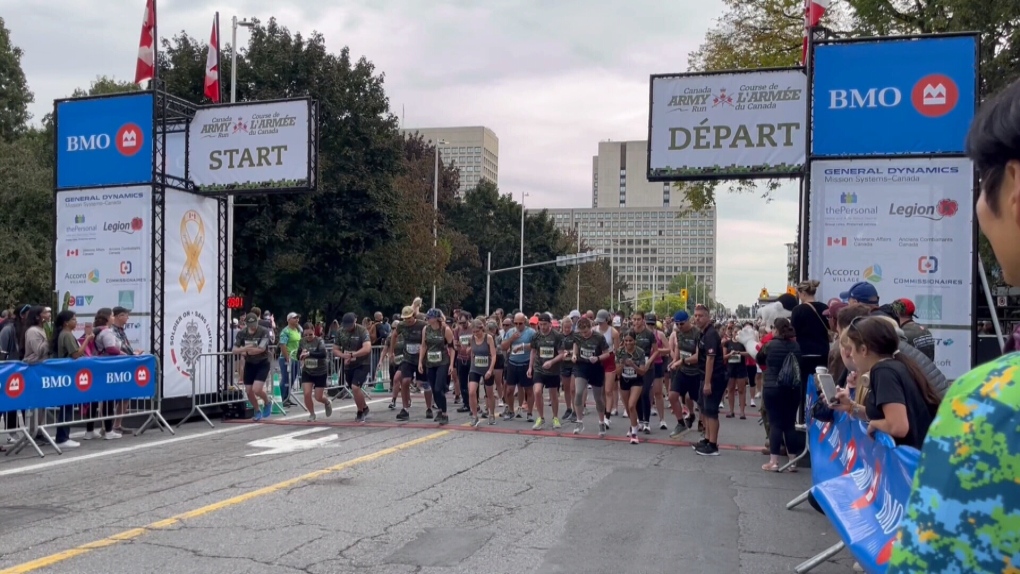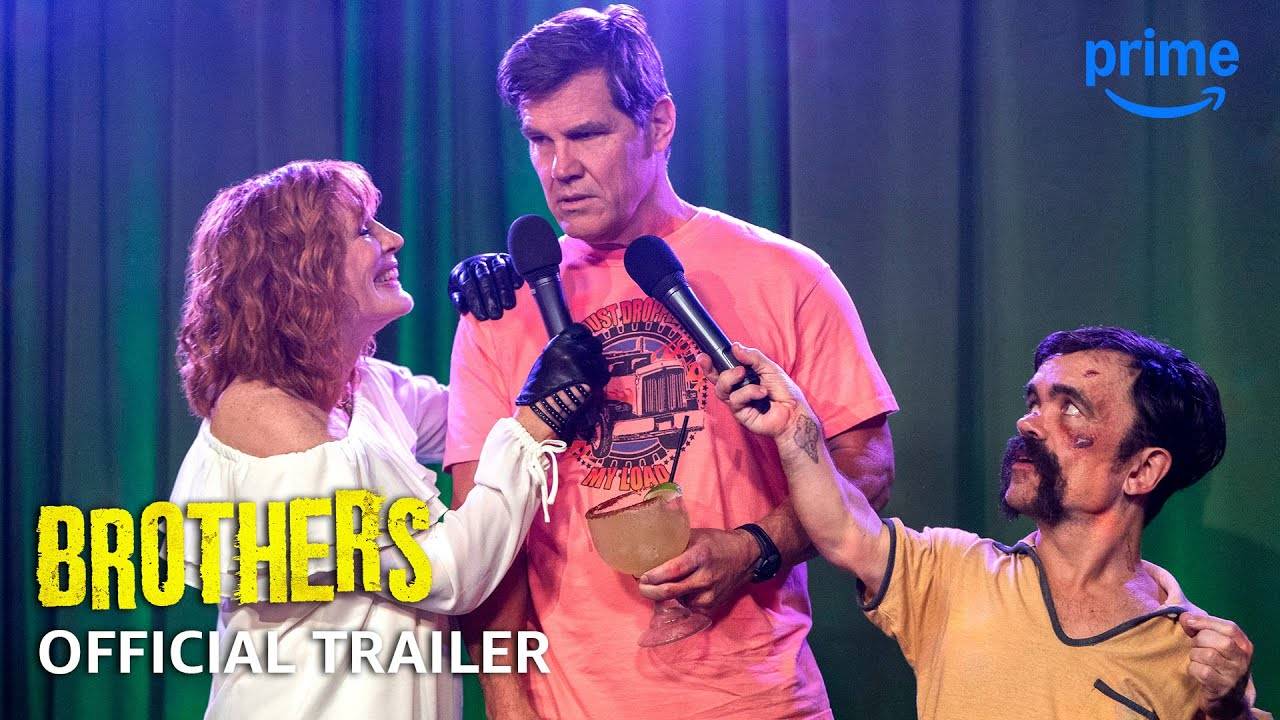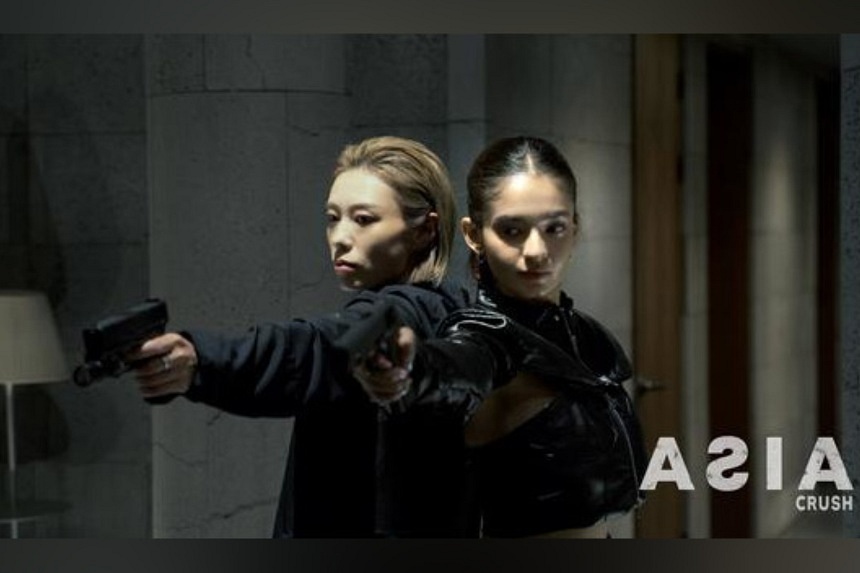The dog days of summer are truly upon us now. Even though the weather was glorious in Vancouver throughout this B.C.
Day long weekend, the lack of hard hockey news is beginning to wear thin, and we’re still seven weeks out from the opening of Vancouver Canucks training camp and 10 weeks out from the start of the regular season. Advertisement With some time to burn, I figured I’d best empty my Canucks notebook for the benefit of the VIPs in mid-summer. What follows are three reactions to some recent Canucks-adjacent news items and some unpacking of head coach Rick Tocchet’s recent commentary that didn’t find its way into our one-on-one interview with the Vancouver bench boss back in July.

Does it matter that Jon Cooper’s Team Canada staff for the 2025 4 Nations Face-Off is comprised of head coaches from three of the five best Western Conference teams? Could Vincent Desharnais get an opportunity even higher up the lineup than we expect? Might Brock Boeser be drafted into the faceoff circle this season? Let’s empty the notebook and get into it! Tocchet and the 4 Nations Face-Off Late last week, Tocchet, the reigning Jack Adams winner, was named to Cooper’s Team Canada staff for the upcoming 4 Nations Face-Off. The best-on-best tournament featuring Canada, the U.S.
, Sweden and Finland is set to take place in mid-February 2025 in Boston and Montreal. Tocchet will join a Canada staff that will be headed by Cooper and also feature Dallas Stars head coach Pete DeBoer and Vegas Golden Knights head coach Bruce Cassidy. This is a pretty significant appointment for the Vancouver bench boss, and a fascinating one on a variety of levels from a Canucks perspective.
Firstly, there’s the composition of the staff, which is telling. Cooper’s reputation is that of the league’s best big-picture hockey thinker. He’s an ace motivator and probably the NHL ’s single most successful contemporary version of a “player’s coach.
” That seems like a good fit for the coach of a Canadian team that is set to be thrown together on the fly and composed of NHL players taking time off amid a lengthy regular season to compete in the first best-on-best international hockey tournament in nearly a decade. Advertisement Cooper, however, isn’t known to be a very hands-on, X’s and O’s coach, and it appears he’s addressed that with the composition of his staff. Between Cassidy, DeBoer and Tocchet, Cooper has amassed three of the game’s leading tacticians; a trio of assistant coaches who represent three of the four or five best teams in the Western Conference.
Later this month, the coaching staff will hold some meetings to discuss tournament preparation and tactics. They’ll have some interesting decisions to make, especially around how the team will play in the defensive zone. Cassidy, DeBoer and Tocchet all prefer zone defensive schemes on in-zone play, but in DeBoer’s and Cassidy’s cases, those systems are wildly different.
I don’t have a good enough sense of defensive zone tactics to walk you accurately through these nuances, but if you talk to NHL head coaches, they’ll tell you DeBoer’s and Cassidy’s defensive zone systems are almost complete opposites in terms of the level of pressure and where on the ice it’s applied. Tocchet’s system is something of a hybrid between the two and is viewed by coaches as easier to teach. However Cooper and his staff opt to play, DeBoer, Tocchet and Cassidy are going to spend some time this summer, and over the next seven months, putting their heads together to deploy the most effective possible defensive scheme at the tournament.
Then, over the following three to four months, they’ll have the opportunity to apply what they’ve learned from one another in the Stanley Cup playoffs, almost certainly against each other on the road to the Western Conference final given the quality of their rosters. Could Desharnais’ opportunity extend to the top pair? When Canucks general manager Patrik Allvin broached the question of whether or not star defender Filip Hronek could drive his own pair on locker room cleanout day back in May, most commentators in the market viewed Allvin’s quote as an opening salvo in negotiations between the club and its productive restricted free-agent defender. Advertisement Even with Hronek now locked up long-term , it would be naive to entirely rule out that the negotiation angle was part of Allvin’s thinking.
There are levels to this, however, and there is a very real internal desire — an aspirational thought, perhaps — to eventually build a defense corps with enough talent that it might be possible to separate Hronek from Quinn Hughes full time. Certainly, there’s a sense internally that, if Hronek and Hughes were split full time, the Canucks may be able to get even more from Hronek, given his penchant for deferring to his partner who, granted, happens to be one of the most dynamic puckhandlers in the sport. GO DEEPER 'We want to give the guys a little bit more rope': 1-on-1 with Rick Tocchet A few weeks ago I broached this subject with Tocchet on the record, but his telling answer ended up on the cutting room floor.
I wanted to flesh it out, however, and annotate it as it pertains to what we may see from Vancouver’s back end this upcoming season. “Together, those guys, especially in the first half and parts of the second half, they were excellent,” Tocchet began when asked about the Hughes-Hronek pair and the possibility of challenging Hronek to drive his own pair this upcoming season. “The possession time, the analytics offensively, they were great.
” “Saying that, does Fil tend to defer too much? I think he does,” Tocchet continued. “We had that talk at the end of the year, so it’s not something he’s shocked by. He knows he defers too much and I’d like to see him be more forceful with his decisions.
“Don’t get me wrong, you’re playing with Hughes, you want to sling him the puck. But I think it was a bit too much. “I think Filip has to get it into his mind that when you play with Hughes, and if we do continue to do that, you know where your bread and butter is, but I think there’s times where Filip needs to be more decisive on his play.
That’s something we’re going to have to talk about and monitor. Advertisement “The thing with Huggy too is that he can play with a lot of different guys. With a bigger defenseman that can sling him the puck, and play a smart game, that’s a luxury too if that could happen, and then Filip could drive his own pair.
That’s something we have to look at as an organization.” In reviewing my notes and considering that answer over the weekend, I found it difficult to shake the possibility that perhaps the club might look at different combinations on the back end this upcoming season. Hronek and Hughes were attached at the hip last season, rarely playing full games apart , but one wonders if we may see incoming free-agent signing Vincent Desharnais given an audition in a top-pair role for a stretch this upcoming season.
He’d certainly be a candidate to match Tocchet’s “bigger defenseman that can sling Hughes the puck and play a smart game” description. Now, obviously, it’s a bit of a stretch to assume Desharnais can be a plug-and-play top-pair option in Vancouver, and even trying it would run counter to the trend we’re seeing across the league of pairing elite defenders with puck-moving partners, like Thomas Harley and Devon Toews , to maximize their utility. If Desharnais can hold down a role that high up the lineup, however, it could permit the Canucks to roll with a Carson Soucy-Hronek second pair, which certainly looks good on paper, and Derek Forbort and Tyler Myers combining on a jumbo-sized third pair.
One can understand why Allvin, Tocchet and Adam Foote might be tempted to experiment more with different combinations on the back end than they did during the 2023-24 regular season. Replacing Lindholm If you listened with any regularity to Tocchet’s public comments last season, you know the Canucks coach believes strongly that having an elite third line is essential to winning in the NHL. Doubly so in the playoffs.
It’s no surprise then that the Canucks tried to retain Elias Lindholm this summer, and were willing to bend pretty significantly to maintain the elite centre depth they were able to count on in the playoffs. Ultimately it didn’t work out, Lindholm signed in Boston, and the Canucks allocated their cap space to deepen their forward group on the wings instead. On paper, the Canucks’ decision to strengthen themselves on the wings at the expense of what had become a key strength made logical sense .
In practice, Lindholm’s departure still leaves a vacancy for Vancouver down the middle of their forward group and takes away a key attribute — a right-handed faceoff winner — that it is surely going to require in May (even if the Canucks can get by without it in the regular season). Advertisement We asked Tocchet about this a few weeks ago, and this is another one of his answers that didn’t make it into our July one-on-one with the Canucks bench boss: “The first half of the year, I think our centremen did a really nice job committee-wise. With guys like Blueger and Suter, you can move them around the lineup and play the hot hand.
So whoever plays with Conor Garland and Dakota Joshua , it’s a situation where there may be some moving parts. What’s sustainable? Can either guy hold down that position for a long time? “Having that right-handed luxury on faceoffs, it’s something we may have to toy with. People might laugh, but I know Boeser took a few draws last year, and I might see if he takes some faceoffs at training camp.
We may have to experiment and not be afraid of it. The depth down the middle, with Pettersson and Miller, I think we’re going to be OK there. It’s a situation where we’ll lean on Teddy and Pius to be interchangeable.
” A couple of points from Tocchet’s answer are worth dwelling on. Firstly, it seems Joshua and Garland will most likely remain as a third-line duo for Vancouver next season. Throughout last season, the Joshua and Garland partnership became Vancouver’s most reliable five-on-five engine up front in a third-line role.
Garland and Joshua, however, played second-line minutes in the postseason at five-on-five, and I’d wondered earlier in the offseason if that might open the door for them to play alongside one of Vancouver’s top-six centremen, Elias Pettersson or J.T. Miller .
I’m not ruling out the possibility entirely, but at least to open the season, it’s not something I’m expecting to see. The other obvious nugget is the possibility of trying Boeser out as a faceoff option at training camp. Boeser has taken 187 faceoffs since the 2019-20 season, usually after his centreman was waived out of the dot, and won 43.
3 percent of those draws. Those numbers aren’t auspicious, of course, but I’ve heard other Canucks coaches over the years speculate that Boeser has the attributes — size, strength, quick hands — to succeed in the faceoff circle. It’s something to watch for from the club at training camp and in the preseason.
And it underscores, perhaps, the extent to which adding a right-handed pivot to win some draws will be a Canucks shopping list item to monitor between now and the NHL trade deadline. (Top photo of Rick Tocchet gathering with Canucks players: Steph Chambers / Getty Images).



















